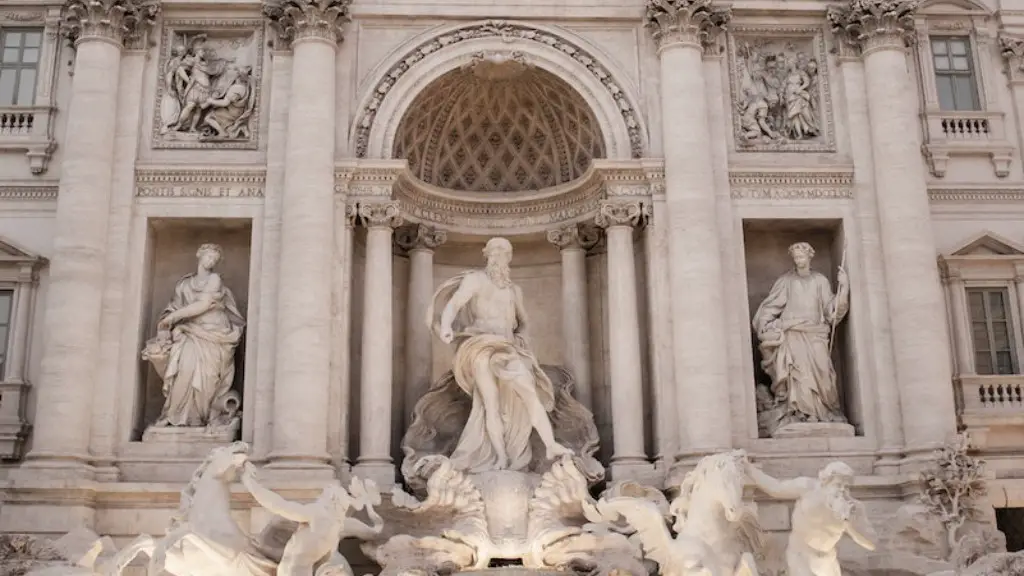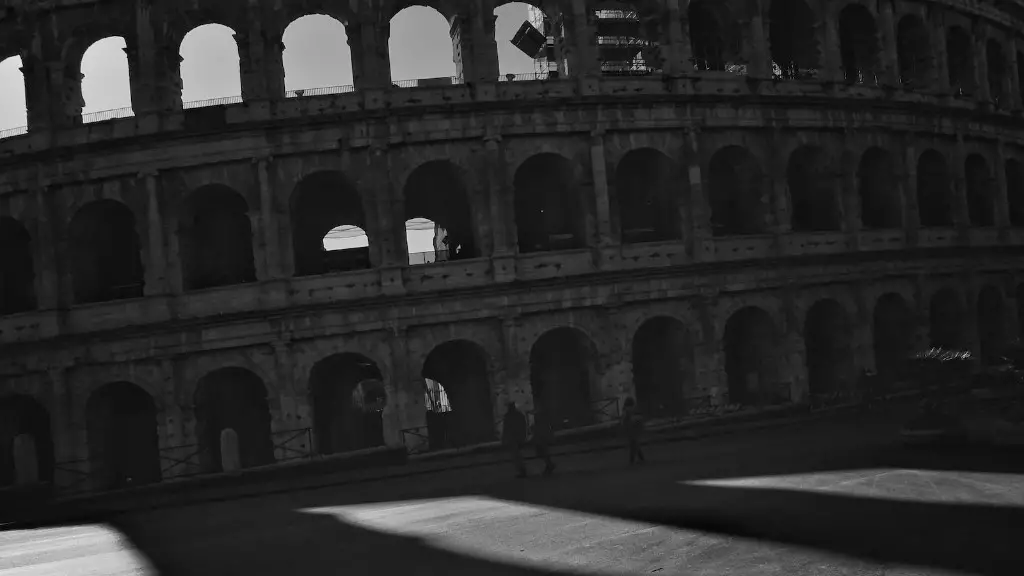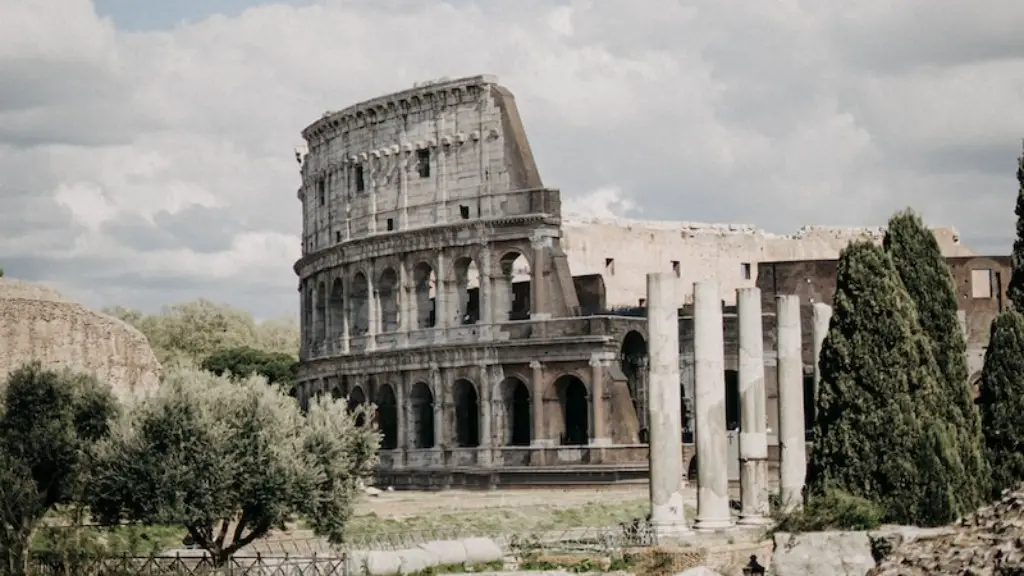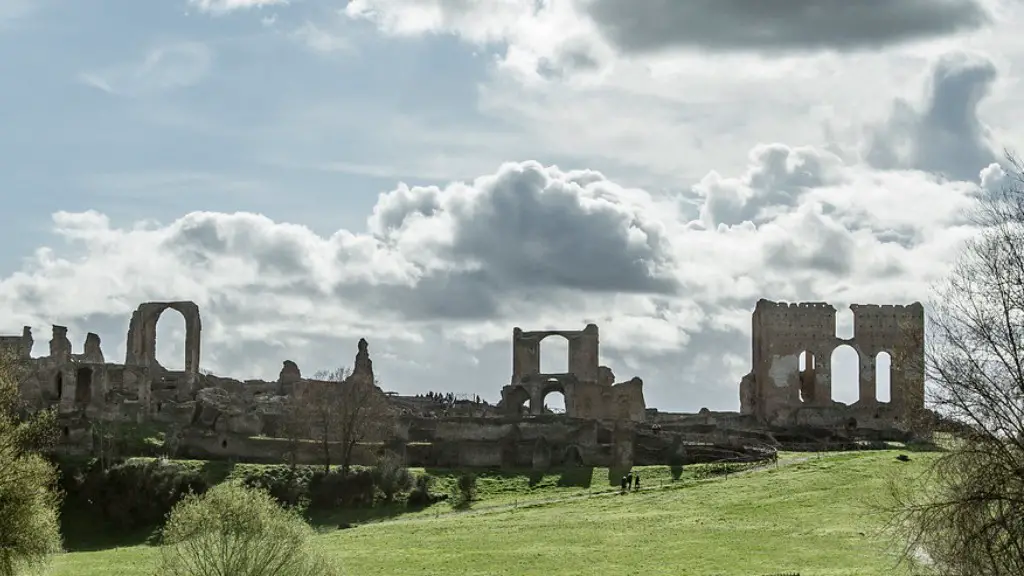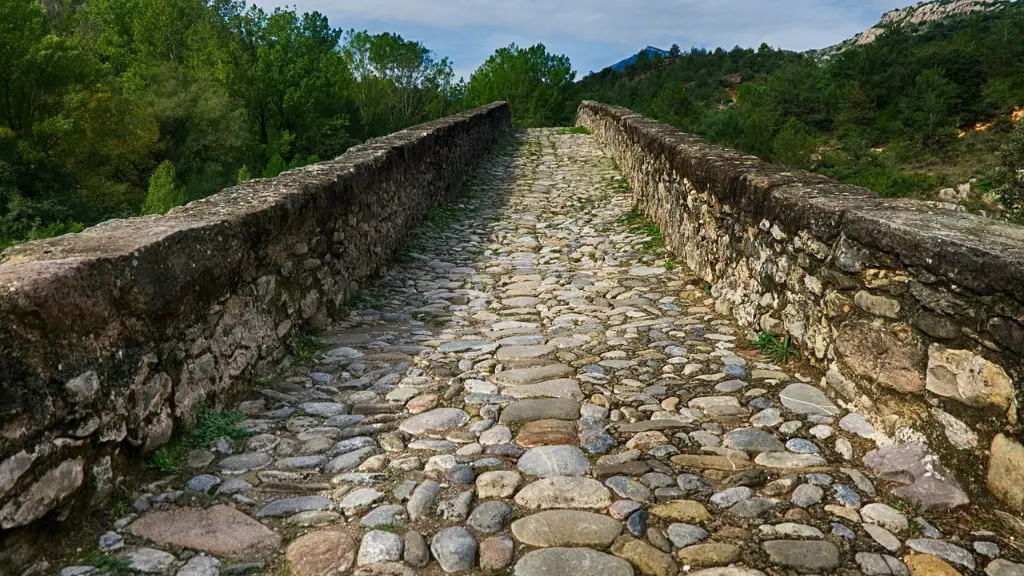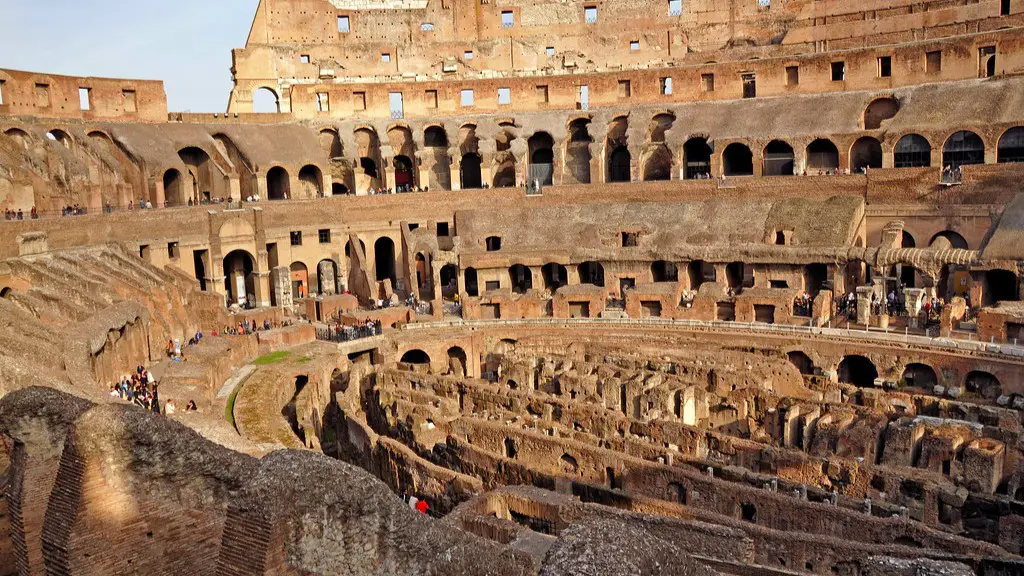The ancient Romans celebrated many religious and cultural holidays. Some of the most popular holidays were the Saturnalia, Lupercalia, and the Vestalia. The Saturnalia was a winter festival that commemorated the god Saturn. Lupercalia was a spring festival that honored the god Faunus. The Vestalia was a festival that honored the goddess Vesta.
The ancient Romans had over 80 holidays.
What holidays did Romans have?
There are quite a few similarities between ancient Roman festivals and modern day celebrations. For example, both Lupercalia and Floralia were fertility festivals where people would dress up in costumes and celebrate with music and dance. Both Vulcanalia and Quinquatria were festivals dedicated to specific gods, and both Saturnalia and Quinquatria were winter festivals that involved gift giving.
Saturnalia and Lupercalia were two of the most famous Roman holidays. Lupercalia came in the spring and was symbolic of the fertility that spring brought forth. Saturnalia was a winter holiday and was a time to celebrate the god Saturn.
How did ancient Romans celebrate holidays
The Romans were known to celebrate by leaving offerings of cake, incense, and wine on their domestic altars for protection in the year to come. They would also celebrate with friends and family. Some imperial birthdays were even celebrated as religious festivals! There was even a birthday festival for the city of Rome!
The Saturnalia was a winter festival that took place in December. It was a time when people exchanged gifts, and the homes of the wealthy were decorated with greenery and flowers.
Did the Romans have a 9 day week?
The nundinal cycle was a part of the early Roman calendar, and it was used by the Etruscans as the schedule of royal audiences. This cycle consisted of eight days, and it was presumably created by Romulus or Servius Tullius.
The Romans used a period of eight days in civil practice for centuries, but in 321 CE Emperor Constantine established the seven-day week in the Roman calendar and designated Sunday as the first day of the week. This change was made in order to align the Roman calendar with the seven-day week of the Christian calendar, as Sunday is the day of worship for Christians. This change has been adopted by most cultures around the world and is now the standard week.
Did the Romans have a 10 day week?
The Romans originally did not have defined weekdays like our Monday, Tuesday, etc. However, they did have markers within each month that were based on the moon. The length of the month and the markers were originally based on the lunar cycle.
The Christmas holiday that we celebrate today has its roots in both Christian and pagan traditions. The date of December 25 was chosen by the early Church to correspond with the pagan festival of Saturnalia, which was a celebration of the winter solstice. Over time, the two traditions merged and the holiday of Christmas came to be associated with the birth of Jesus Christ. Today, Christmas is a time for exchanging gifts, enjoying festive meals with family and friends, and giving thanks for all the blessings of the year.
Was Christmas a Roman holiday
Christmas is a holiday that apparently started in Rome, and spread to the eastern Mediterranean. The earliest known reference to it commemorating the birth of Christ on December 25th is in the Roman Philocalian calendar of AD 354.
Saturnalia was the most popular of Roman festivals, and it was dedicated to the Roman god Saturn. The festival’s influence continues to be felt throughout the Western world. Originally celebrated on December 17, Saturnalia was extended first to three and eventually to seven days. The festival was a time of feasting and merrymaking, and it was also a time when families exchanged gifts.
What did the Romans celebrate instead of Christmas?
Saturnalia is an ancient Roman holiday that celebrates the god Saturn and the promise of a spring harvest. It’s a time of feasting, gift-giving, and merriment. We hope you have a happy Saturnalia!
Thanksgiving’s Ancient OriginsIn ancient times, the Egyptians, Greeks and Romans feasted and paid tribute to their gods after the fall harvest. Thanksgiving also bears a resemblance to the ancient Jewish harvest festival of Sukkot.
What are the 2 biggest present day countries that were once part of the Holy Roman Empire
The Holy Roman Empire was located in western and central Europe and included parts of what is now France, Germany, and Italy. The empire was created in 962 by Otto I, the first German king, and lasted until 1806, when it was dissolved by Napoleon Bonaparte. The empire was a loose federation of Germanic states, with the emperor as its head. The emperor was elected by the princes of the various states, and the emperor’s power was limited by law. The empire was divided into several different regions, each of which had its own laws, coins, and customs. The empire was a major cultural force in Europe, and its influence can still be seen in the architecture, art, and culture of the region.
More than three-quarters of Americans surveyed said they celebrate Thanksgiving, making it the most popular holiday in the United States. Veterans Day and Mother’s Day came in a close second and third, with 76 percent of respondents saying they celebrate those holidays.
What are 3 traditions rituals of Romans?
The ancient Greeks had a complex system of beliefs and rituals surrounding their gods and goddesses. These rituals consisted of festivals, offerings (often of food or wine) and animal sacrifices. These rituals had to be carried out regularly and correctly in order to retain the favour of the gods towards the state, household or individual.
The most important festivals were the Olympian Games, celebrated every four years in honour of Zeus, and the Eleusinian Mysteries, held every five years in honour of Demeter. Other important festivals included the Dionysia (in honour of Dionysus), the Panathenaea (in honour of Athena) and the Isthmian Games (in honour of Poseidon).
The ancient Greeks believed that the gods and goddesses meddled in human affairs and that they could be propitiated with offerings. Offerings might be made to a specific god or goddess, or to the gods in general. They could take the form of food, wine, animals or other valuable items. Animal sacrifices were usually carried out by the priest on behalf of the individual or state making the offering.
The correct performance of these rituals was thought to be essential in maintaining the goodwill of the gods towards humanity. If the gods were displeased
It is interesting to note that in societies where people typically go to sleep three hours and 20 minutes after sunset and wake before sunrise, nearly no one suffers from insomnia. This may be due to the fact that sleeping through the night allows the body to properly rest and recover, which can be beneficial for overall health.
How many times a day did Romans eat
The main meal for Romans was the cena and it was typically eaten around sunset. However, it was originally eaten around midday with a light meal (often just bread) in the morning called ientaculum or breakfast. Supper or vesperna was a smaller meal in the evening.
There is evidence that slaves in the Roman world were allowed holidays from at least the time of the elder Cato. This practice continued throughout the late imperial age.
Final Words
The ancient Romans had two main holidays: the Saturnalia and the Lupercalia.
The ancient Romans had over 80 holidays.
